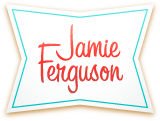Coming to my senses
The other day my husband asked why I wasn’t working on one of my many novel ideas because it’s one of his favorites. I tried using facts: I don’t have an outline for it, I’ve only written one scene so far (the one that made it one of his favorites), and pointed out that I’m…
